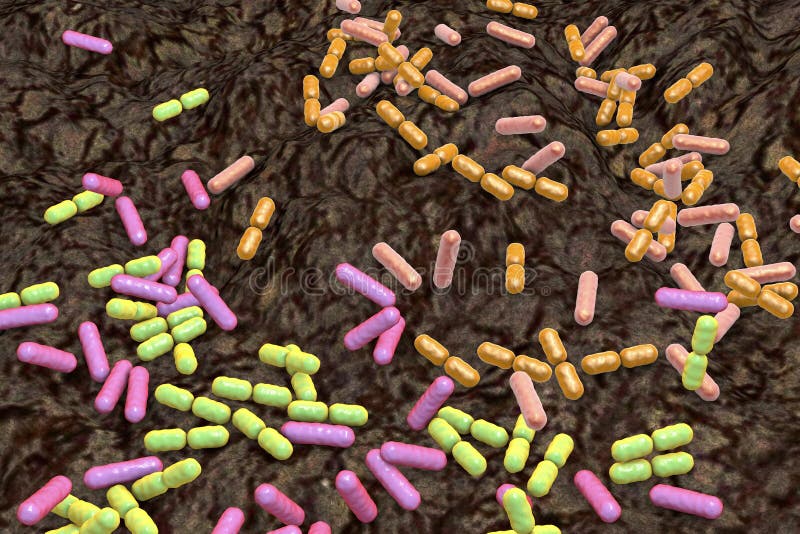
Majority of soil bacteria are heterotrophic in nature and derive their carbon and energy from complex organic substances/organic matter, decaying roots and plant residues. Nitrobacter, Nitrosomonas, Thiaobacillus). Rhadopseudomonas or from the oxidation of simple inorganic substances present in soil (chemoautotrophs eg. All autotrophic bacteria utilize Co2 (from atmosphere) as carbon source and derive energy either from sunlight (photoautotrophs, eg.

a) Autotrophs and b) HeterotrophsĪutotrophic bacteria are capable synthesizing their food from simple inorganic nutrients, while heterotrophic bacteria depend on pre-formed food for nutrition. They are broadly divided into two groups i.e. The another group of bacteria common in soils is the Myxobacteria belonging to the genera Micrococcus, Chondrococcus, Archangium, Polyangium, Cyptophaga.īacteria are also classified on the basis of physiological activity or mode of nutrition, especially the manner in which they obtain their carbon, nitrogen, energy and other nutrient requirements. The most common soil bacteria belong to the genera Pseudomonas, Arthrobacter, Clostridium Achromobacter, Sarcina, Enterobacter etc.
#INSIDIA BACTERIA SOIL BACTERIA MANUAL#
To this category belong the cellulose decomposers, nitrogen utilizing bacteria and ammonifiers.Īs per the system proposed in the Bergey’s Manual of Systematic Bacteriology, most of the bacteria which are predominantly encountered in soil are taxonomically included in the three orders, Pseudomonadales, Eubacteriales and Actinomycetales of the class Schizomycetes. The population of Zymogenous bacteria increases gradually when a specific substrate is added to the soil. Arthrobacter and Nocardia whereas Zymogenous bacterial population in soil is low, as they require an external source of energy, eg. Autochnotus bacterial population is uniform and constant in soil, since their nutrition is derived from native soil organic matter (eg. Autochnotus (Indigenous species) and the Zymogenous (fermentative). Winogradsky (1925), on the basis of ecological characteristics classified soil microorganisms in general and bacteria in particular into two broad categories i.e. They are motile with locomotory organs flagella.īacterial population is one-half of the total microbial biomass in the soil ranging from 1,00000 to several hundred millions per gram of soil, depending upon the physical, chemical and biological conditions of the soil. The size of soil bacteria varies from 0.5 to 1.0 micron in diameter and 1.0 to 10.0 microns in length. The most common method used for isolation of soil bacteria is the "dilution plate count" method which allows the enumeration of only viable/living cells in the soil. Bacilli are most numerous followed by Cocci and Spirilla in soil. Morphologically, soil bacteria are divided into three groups viz Cocci (round/spherical), (rod-shaped) and Spirilla I Spirllum (cells with long wavy chains).

These are primitive, prokaryotic, microscopic and unicellular microorganisms without chlorophyll. Amongst the different microorganisms inhabiting in the soil, bacteria are the most abundant and predominant organisms.


 0 kommentar(er)
0 kommentar(er)
